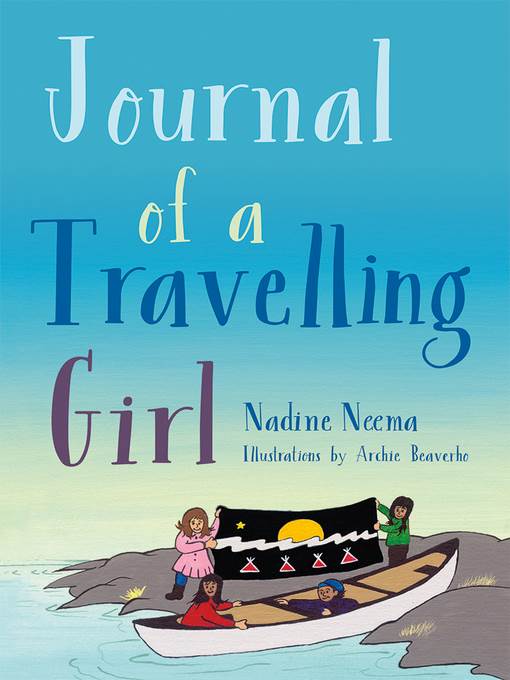
Journal of a Travelling Girl
کتاب های مرتبط
- اطلاعات
- نقد و بررسی
- دیدگاه کاربران
نقد و بررسی

September 15, 2020
A girl in mourning goes on a healing canoe trip with members of the local Tlı̨chǫ tribe. When Jules' mother moves them to Wekwe�t� in far northern Canada for a job as the community administrator, she is only 5. Six years later, they are still living among the Tlı̨chǫ people, and while Jules, who is White, still occasionally feels like a cultural outsider, she has started to think of them as family. When her friend Layla's grandparents invite her on a long and politically significant canoe trip, she is frightened. But her mother, knowing how sad she is about the death of the beloved Tlı̨chǫ elder Jules called Uncle Joe, insists that she go. Along the way she will witness her tribal friends in their Christian-Indigenous practices, their pride in their history, and their knowledge of the outdoors. She will gather wood, camp, portage, and paddle her way to deeper maturity and an understanding of the land, feeling the spirit of the ancestors draw her closer to nature and the meaning of the trip. Based on the 2005 signing of the Tlı̨chǫ Agreement, an event that was witnessed by the author, the book was written with tribal approval. (Like Jules' mom, the author is not Tlı̨chǫ but worked for and lived with the band for some years.) It reads like a sincere effort to record their victory for the right to self-govern. The black-and-white illustrations by Beaverho (Tlı̨chǫ Dene) capture the river and forest well, but the human faces feel a bit cartoonish. Of greatest interest to kids who love stories set in the outdoors and Indigenous histories. (Fiction. 8-12)
COPYRIGHT(2020) Kirkus Reviews, ALL RIGHTS RESERVED.

September 25, 2020
Gr 3-6-This book, by Canadian author Neema about the Tlıcho people in Northwest Territory, Canada, begins with a foreword by a Tlıcho elder saying, "We welcome this story." The story follows the journey of Julia as she travels with a group via canoe from where she lives in Wekweeti to where the Tlıcho Agreement of 2005 is signed and celebrated. Eleven-year-old Julia, who is white, has lived in Wekweeti for several years since her mother works for the community. She and her mother have gotten close to many of the Tlıcho in the time they have lived there, and Julia struggles with feeling like an outsider among people she has come to view as family. Initially, Julia doesn't want to go on the trip, but as the 10-day journey progresses, she grows in her ability to contribute to the work of the canoe trip and her connection to the historic significance of the event. Going from not wanting to go on the trip at all to expressing gratitude to being able to witness history might not be a typical 11-year-old experience, but the earnest, if occasionally silted, narration makes an impression of the significance of the moment in time. Black-and-white illustrations by Tlıcho Dene artist Beaverho add to the book's sense of place. VERDICT Readers interested in Tlıcho culture or Canadian history will find much to appreciate.-Mindy Rhiger, Hennepin County Lib., MN
Copyright 2020 School Library Journal, LLC Used with permission.

























دیدگاه کاربران